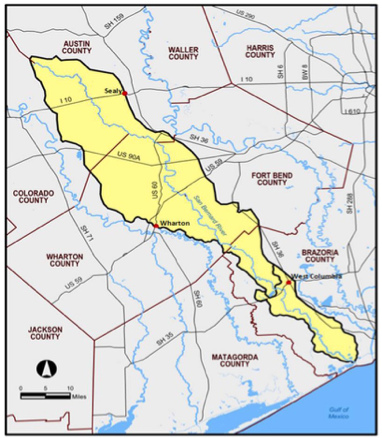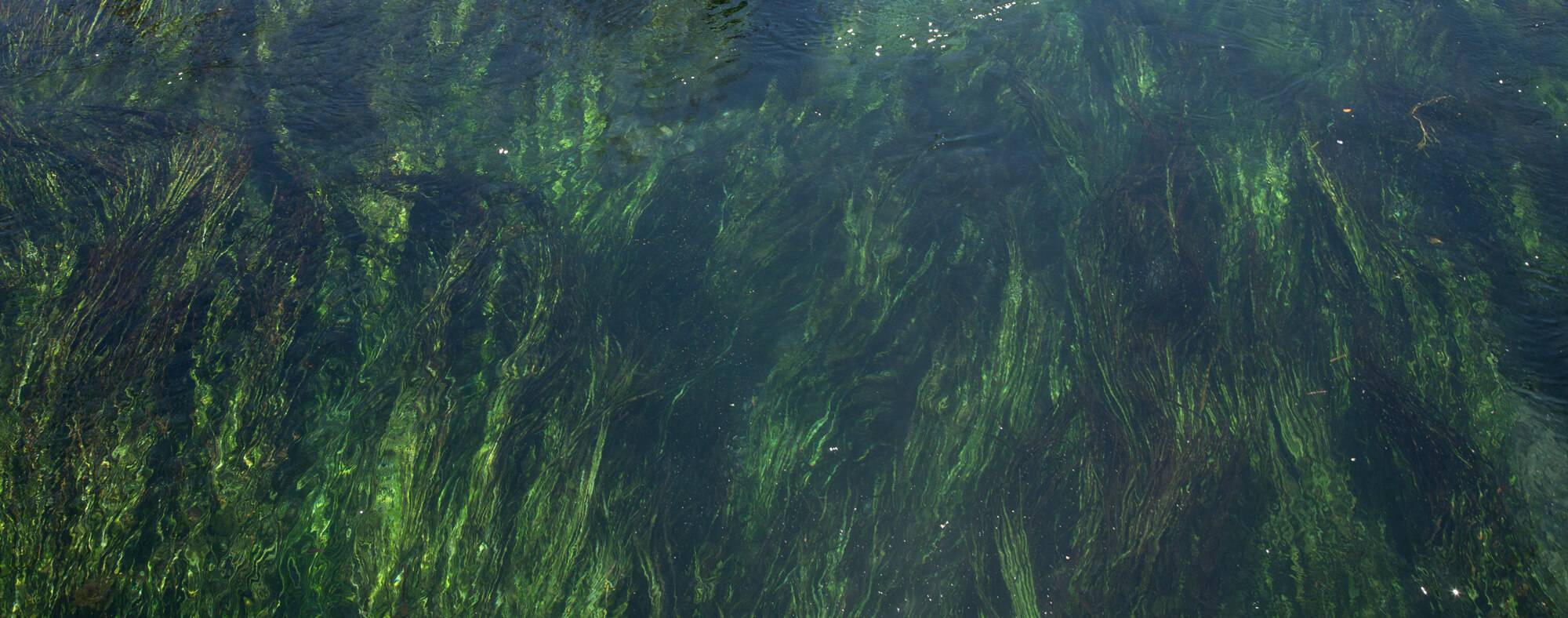San Bernard River Data Summary Report
San Bernard River Data Summary Report

Every quarter, Texas Stream Team analyzes collected data in a specific watershed through Data Summary Reports. Data Summary Reports highlights trends, environmental factors, Texas Stream Team activities and more within the selected watershed. This quarter, the San Bernard River watershed was selected and is located along the Texas Gulf Coast.
Texas Stream Team citizen scientists monitored water quality parameters from seven sites in the San Bernard River tidal segment (1301) and the San Bernard National Wildlife Refuge (2442OW) from May 2008 to April 2020. Much of this report focused on four (Hanson Park-81005, CR 496-80594, Cox’s Reef-80775 and Fisherman’s Isle-80509) of the seven sites on the San Bernard River with the most data. A total of 328 monitoring events were recorded on the Texas Stream Team Waterways Dataviewer and included measurements for flow severity, air and water temperature, DO, pH, salinity, specific conductance, Secchi disk, E. coli and nitrate-nitrogen. Data from the four monitoring sites with the most data were analyzed and compared to established water quality criteria when appropriate.
The 2018 Texas Integrated Report lists the San Bernard River tidal segment as “impaired” for not meeting the Enterococci criterion for the primary contact recreation use and as a “concern” for depressed dissolved oxygen associated with the aquatic life use. Texas Stream Team citizen scientists only monitor E. coli, not Enterococci, and there were only 10 sampling events for E. coli. Therefore, no data was available to support or refute the primary contact recreation use impairment in the San Bernard River tidal segment. The dissolved oxygen data, however, appears to support a concern for the aquatic life use. Of the 320 dissolved oxygen discreet measurements, 12 values were below the 4.0 mg/L criterion and an additional 4 values were equal to the 4.0 mg/L criterion.
Highlights of the results presented in this report include:
- Sampling was conducted under no flow, low flow, and normal flow conditions 96% of the time, therefore the results are representative of those conditions.
- Both air and water temperatures appear normal for this area with the most variability exhibited at Cox’s Reef for both parameters. Average water temperatures for all sites met the temperature water quality criterion (35°C).
- Conductivity was measured at the two upstream sites, Hanson Park and CR 496. The conductivity values reported at CR 496 were outside the range of the conductivity meter used by Texas Stream Team citizen scientists, therefore those data are suspect.
- Salinity values exhibited a low to high gradient from upstream (Hanson Park) to downstream (Fisherman’s Isle).
- The CR 496 site has outliers at both the high and low spectrums indicative of the transitional area from freshwater to tidally influenced saltwater. TCEQ considers segments to be tidally influenced when there is observed tidal activity, TDS is greater than or equal to 2,000 mg/L, salinity is greater than or equal to 2 parts per thousand, or specific conductance is greater than or equal to approximately 3,000 µS/cm. These data further support the TCEQ criteria for tidally influenced streams.
- Dissolved oxygen values reflect a high to low gradient from the upstream, freshwater sites, to the downstream, saltwater sites. Physical attributes of water such as higher salt content and warmer water, naturally result in lower dissolved oxygen concentrations. Although average DO values for all sites met both 24-hour average and grab minimum criteria, some single samples at both CR 495 and Fisherman’s Isle did not. A strong correlation between warmer water and DO for those sites was identified in this report and further supports the 2018 Texas IR designation as a concern in the San Bernard River Tidal segment.
- Average pH values at all sites met the high and low criteria, however some measurements at Hanson Park exceeded the high criterion.
- A limited number of samples (10) and a difference in bacteria used to assess contact recreation in saltwater (Enterococcus as opposed to E. coli) prevented a comparison of the Texas Stream Team bacteria data to the appropriate water quality criterion. However, when compared to the freshwater criterion (126 CFU/100mL), the average exceeded that threshold. This area is on the 2018 Texas IR for not meeting the E. coli criterion for primary contact recreation, therefore it is prudent that monitoring takes place in the San Bernard River to ensure safe recreation.
- H-GAC estimated the human population would more than double in the next 20 years. Considering H-GAC’s prediction in this small-town urban area, it is critical to continue to implement WPP management measures to prevent major impacts on water quality and continue to monitor water quality to allow detection of potential impacts.
There are numerous active Texas Stream Team citizen scientists and groups that monitor water quality in the San Bernard River watershed. Texas Stream Team staff will continue to support the on-going monitoring efforts currently underway and look forward to training new citizen scientists to expand and grow the water quality monitoring efforts in this area and beyond. The Houston-Galveston Area Council has a very active Texas Stream Team citizen scientist group monitoring water quality in the San Bernard River watershed and the surrounding areas. This group is led by Kendall Guidroz, Planner, with the H-GAC. For more information about Texas Stream Team and upcoming trainings contact either stream.team@h-gac.com or Txstreamteam@txstate.edu.
